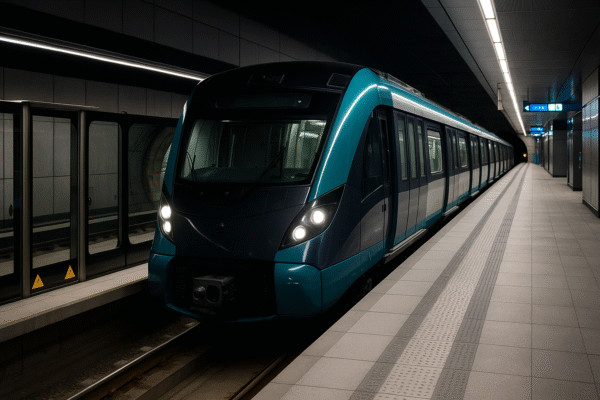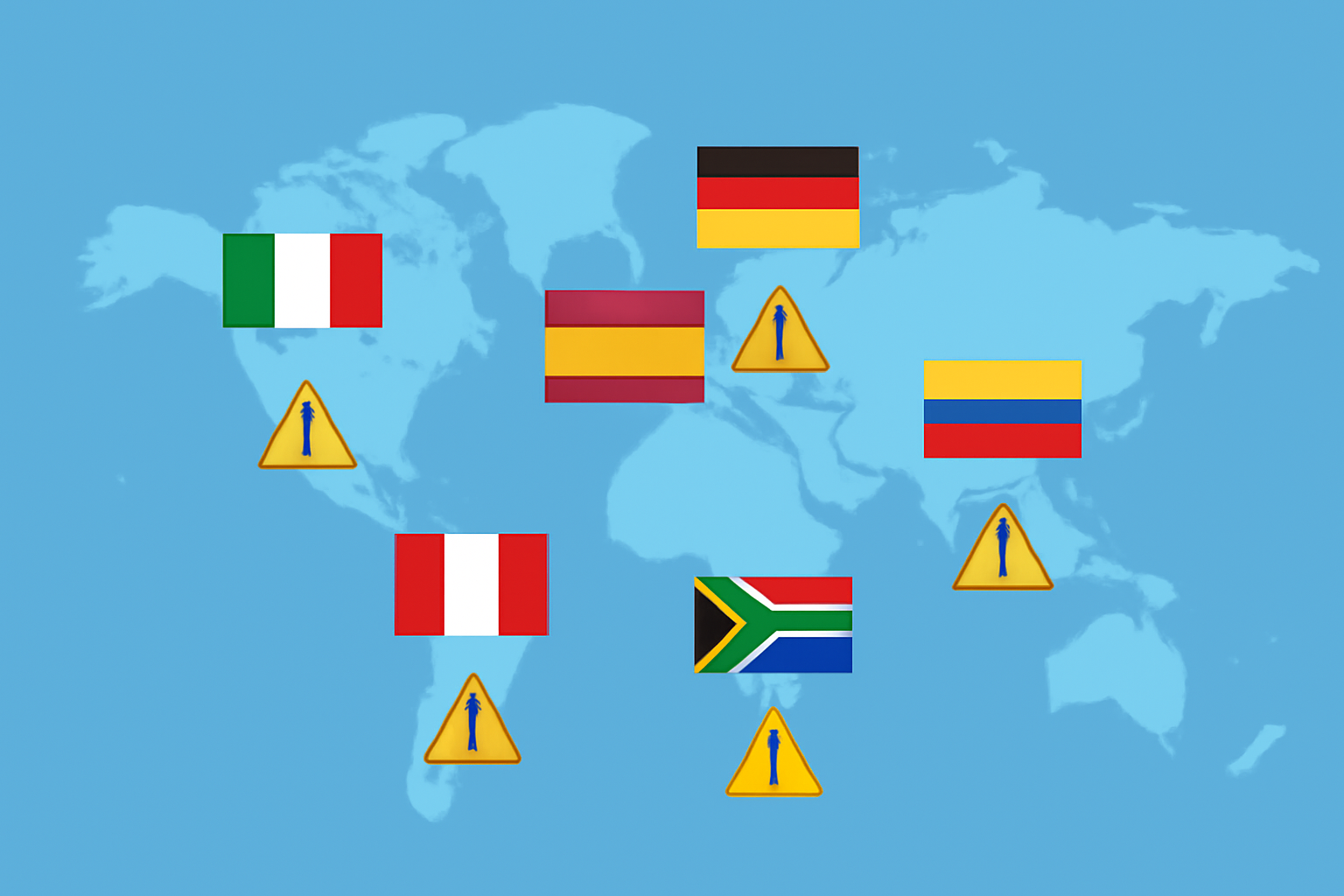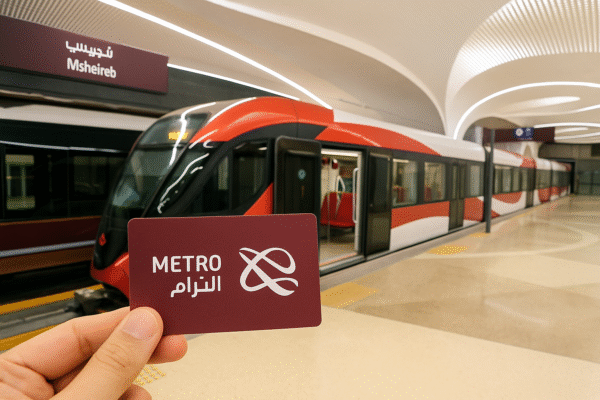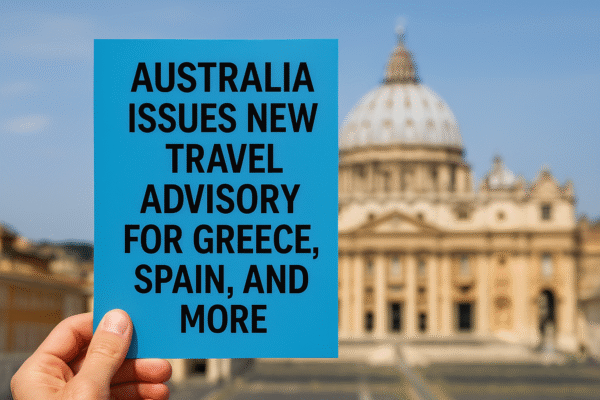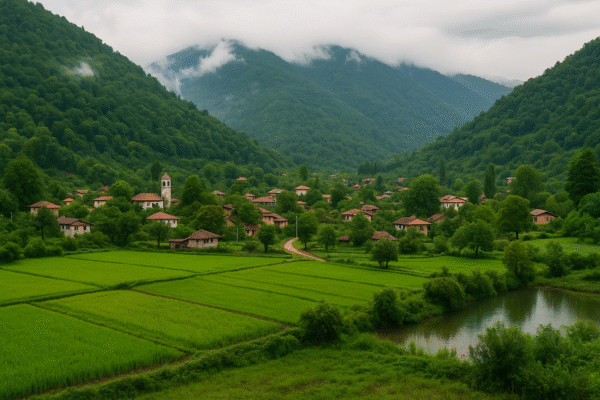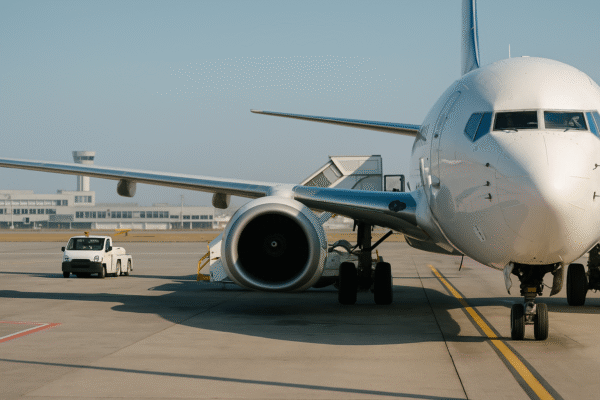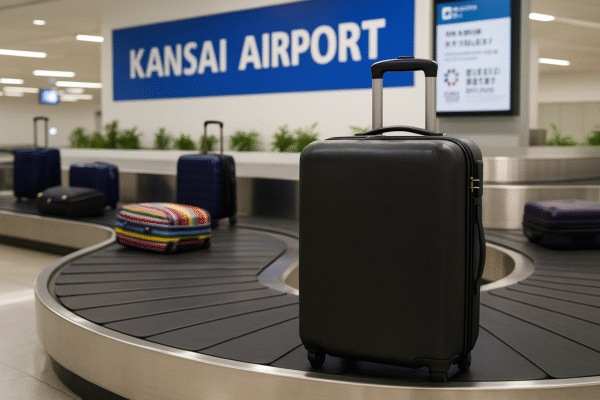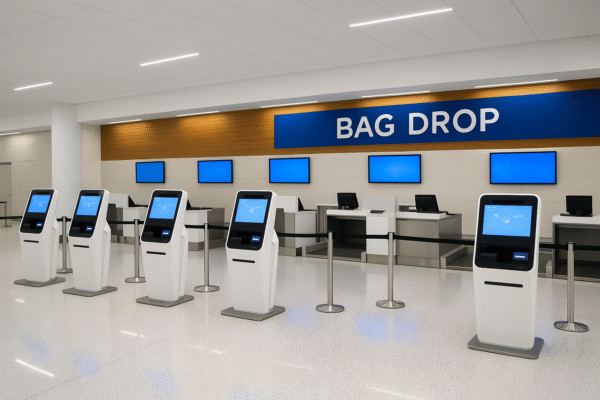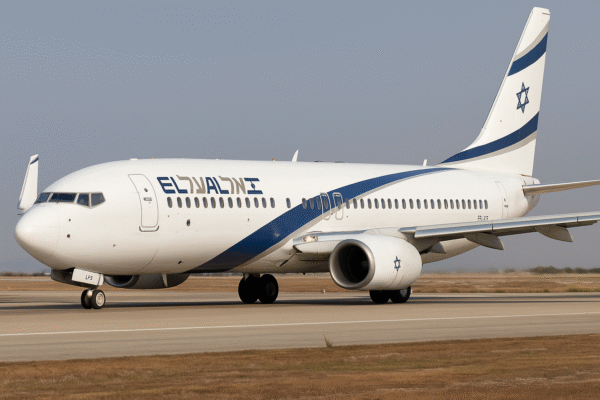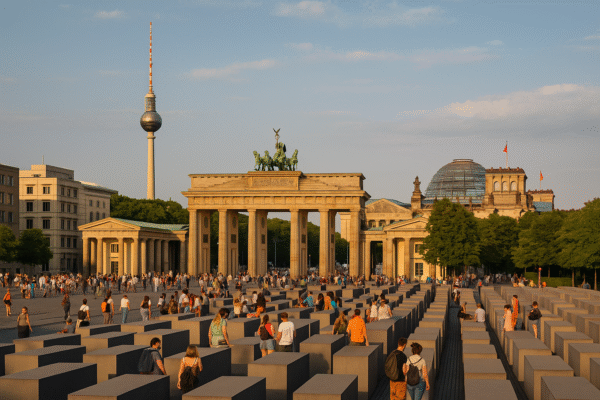Berlin, Germany’s resilient capital, is firmly establishing itself as the top alternative for culture-seekers avoiding the overtourism pressures hitting Mediterranean hotspots. In 2025, while cities like Barcelona and Rome grapple with overcrowding, protests, and unsustainable tourism, Berlin is presenting a more balanced, culturally rich, and visitor-friendly experience.
A City That Welcomes, Not Overwhelms
Berlin’s city planners and tourism authorities have taken note of mounting tensions in overvisited destinations across southern Europe. As some cities contend with visitor pushback—including anti-tourism protests and extreme frustration among residents—Berlin is marketing itself as the ideal cultural retreat: spacious, historically layered, and refreshingly uncrowded.
Strong Recovery, Balanced Growth
Statistics reflect Berlin’s rising appeal. In the first half of 2025, the city drew 5.9 million visitors, resulting in 13.9 million overnight stays—each down slightly by 1.8% and 2.9%, respectively, from the same period in 2024. Even so, 2024 closed out impressively with around 12.7 million visitors and over 30 million overnight stays—a 5% increase in arrivals compared to 2023.
Berlin’s visitor economy remains a powerful driver: tourism generated €15.1 billion in consumption in 2023 and added €8.4 billion in gross value—approximately 4.6% of the city’s total economic output when indirect effects are included. In broader Germany, tourism is also on track for record-breaking growth: between January and June 2025, the country logged 223.3 million overnight stays, surpassing past benchmarks set during Euro 2024.
Why Berlin Stands Out Right Now
- Cultural Richness Minus the Crush
Unlike European icons like Venice or Barcelona, where dense crowds can dampen experiences, Berlin offers expansive historical sites and open public spaces. Landmarks such as the Brandenburg Gate, the Holocaust Memorial, and the East Side Gallery are all imbued with deep significance yet remain accessible. - A Canvas of Creative Neighborhoods
Immersive local vibes await in areas like Kreuzberg, Neukölln, and Friedrichshain. Street art-draped alleys, independent galleries, and cozy cafés thrive here, showcasing the city’s reputation as a beacon of creativity and reinvention. - Economic Peace of Mind for Travelers
With hotel occupancy hovering at about 53% during the first half of the year, visitors can expect variety and value—something travelers might miss in overbooked cities. - Intensely Local, Truly Global
Berlin attracts a well-balanced mix of domestic and international travelers. Roughly 42–44% of overnight stays in 2024 came from abroad, including guests from the UK, the Netherlands, and the U.S., while 56–58% were domestic visitors. - Conscious Innovation and Infrastructure
Berlin continues to invest in its cultural and tourism infrastructure thoughtfully, helping to disperse visitor flows and nurture sustainable experiences instead of allowing tourist hotspots to stagnate in congestion.
Looking Ahead: Berlin’s Forward Vision
As other cities grapple with overtourism backlash—from water gun protests in Southern Europe to restrictive visitor caps—Berlin stands out as a model for balanced, visitor-friendly urban tourism. Its strategic branding centers around authenticity, cultural depth, and manageable visitor volumes without sacrificing dynamism.
Final Thoughts
In 2025, Berlin represents a smart, enriching, and culturally authentic destination for travelers who value immersive experiences over overcrowded itineraries. With rising but stable visitor numbers, meaningful economic impact, and thoughtful management of tourism flows, Berlin invites you to explore its storied streets, creative quarters, and open spaces—free from the stresses of packed tourist zones.
Whether you’re drawn by art, history, innovation, or nightlife, Berlin delivers all this with relaxed confidence. If your goal is to enjoy Europe’s essence in comfort and cultural depth, look no further than Berlin.
For more travel news like this, keep reading Global Travel Wire

